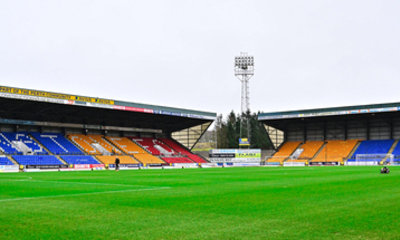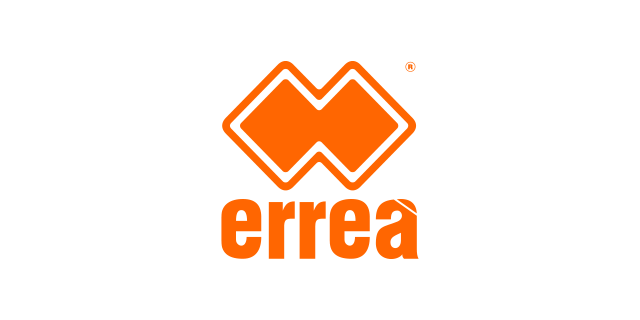The cinch Premiership welcome the introduction of Video Assistant Referees (VAR) in October 2022, after nearly three years of planning, development and testing.
VAR will be used in this weekend's fixture against St Mirren and will be used for the first time at Tannadice when Motherwell visit on 29th October.
VAR will also be used for all Scottish Cup and Premier Sports Cup semi-finals and finals played at Hampden Park.
Dedicated VARs – operating from the centralised Clydesdale House base – will assist on-field referees in the event of a clear and obvious error, or a serious missed incident in relation to goals, mistaken identity, penalty area incidents and straight red cards.
Here’s a round-up of all your need-to-know details.
What is VAR?
Every Premiership fixture has a Video Assistant Referee (VAR), a qualified referee who watches the match via a number of screens and can view slow-motion replays, enabling them to advise the on-field referee. VAR is constantly monitoring the game.
When can VAR intervene?
Only in specific circumstances when the VAR thinks the on-field referee team has made a clear and obvious error or missed a serious incident relating to:
• Straight red cards
• Penalty area incidents
• Goals
VAR will automatically be checking these things, so players/coaches do not need to ask for an intervention. VAR will also intervene in cases of mistaken identity when the wrong player has been shown a yellow or red card.
When can VAR not intervene?
In every other circumstance. So, if the referee, for example, fails to show a yellow card (even a second yellow card), VAR cannot intervene unless he/she thinks that the yellow card should be a red card. Similarly, if a team is incorrectly awarded a corner kick and they score from it, VAR cannot intervene.
How far back can VAR go to check a decision?
As a guide, VAR will normally only go back as far as the start of the last ‘attacking phase of play” (APP). So, if a team is on the attack and the VAR says that the APP has started, if a goal is scored and there’s an obvious foul by the attacking side in the APP, the VAR will look at that as part of automatically checking the goal.
Conversely, if the attacking phase comes to an end (e.g. the attacking team loses possession or the ball goes out of play), the VAR would no longer need to check that foul. The only incidents when VAR can go back to a previous phase of play is for incidents of violent conduct, spitting or mistaken identity.
Can the VAR make a decision?
No. The VAR can only recommend action to the referee. The referee makes the final decision, as is the case now.
What’s the difference between a ‘check’ and a ‘review’?
The VAR will constantly be checking the action and, most of the time, these checks will be in the background and not requiring any input or communication with the referee (a ‘silent check’). If the VAR believes a check may lead to a communication to the referee that he/she has made an error in one of the VAR categories (see Q1), then he/she may recommend a review.
What kinds of review are there?
There are two kinds of review. Anything subjective or a matter of opinion will be referred to the referee for the final decision. This will result in the referee visiting the monitor in the referee review area (RRA) – this is called an on-field review. Anything that is a matter of fact (e.g. the referee has awarded a penalty kick but the foul clearly happened outside the penalty area) then the VAR can give this information to the referee – this is called a factual review.
What is the Referee Review Area (RRA)?
This is a screen by the side of the pitch at each stadium where the referee can view incidents if they choose.
If the referee visits the monitor in the RRA, can he/she stick with his/her original decision?
Yes – the referee is the final decision maker.
Are we using offside line technology and will the virtual offside lines be shown on TV/Broadcast?
Yes. In the case of a close offside call, the assistant referee will delay his/her flag. If a goal is scored and the assistant believes there was an offside offence, he/she will only raise the offside flag after the goal has been scored. Using the virtual offside technology, the VAR will place a line on the second-last defender and the attacking player who potentially committed the offside offence. If the lines do not overlap or touch and show the player was offside, the on-field decision to disallow the goal will stand. If the lines do not overlap or touch, showing the attacker was either behind or in line with the defender, and show that the player was onside, or if the two lines do overlap, the on-field decision will be overturned and the goal will stand.
Will there be lots of delays?
We will endeavour to keep delays through VAR to a minimum; however, the task of the VAR is to check incidents quickly but thoroughly. In complex situations, this may lead to a delay in play. The referee will signal the delay by holding a finger to his/her ear and holding out his/her other arm. All time lost to VAR delays will be added to other time lost at the end of each half.
Can yellow and red cards be rescinded after a VAR intervention?
Yes, but it depends on what the card was shown for. For example:
• in checking a penalty incident, it may be decided to overturn the award of a penalty kick and a yellow card awarded as a result of that penalty kick being awarded would then be rescinded (unless the caution was issued for dissent)
• if a player is sent off for denying an obvious goal-scoring opportunity because of a shirt pull but, after VAR intervention, the referee realises he/she made a clear and obvious error, that red card will be rescinded and/or downgraded to a yellow card.
However, any cards shown for reckless or serious foul play, or violent conduct insulting or abusive language or yellow cards for dissent, will stand.
Will we have goal-line technology (GLT) in the Premiership?
Not at the moment.
How many cameras will there be?
A minimum of six cameras – two in the main stands, one on each of the 18-yard lines and one behind each goal. If there are any additional cameras at the match (e.g. Sky matches), the VAR will have access to the additional cameras.
Who is providing the technology?
We are working with Hawk-Eye Innovations, the leading provider of VAR technology in world football. We will be using Hawk-Eye equipment that is used globally by all other associations supplied by Hawk-Eye and is approved by FIFA.
Who is going to be acting as VAR/AVAR?
Only current or very recent top-level (Category 1) referees are allowed to act as VAR.
Similarly, only our current or very recent top-level specialist assistant referees will act as Assistant VARs.
What is the role of the AVAR?
The AVAR is there to assist the VAR in all matters. If the VAR goes into a review that means he/she is looking at different replays, then the AVAR will effectively become the VAR and keep his/her eyes on the live action.
Can the VAR ask for play to be stopped?
Yes. If the VAR has checked an incident and believes that a review is going to be recommended, he/she will ask the referee to stop the game in a neutral area. If a goal is about to be scored, the referee will allow the play to continue and the goal to be scored before initiating the review. This means that, if the review of the original incident was incorrect, the goal will stand.
Can VAR intervene on encroachment offences at penalty kicks?
Yes, but only when the encroachment (by the goalkeeper or attacker/defender) is clear and obvious and impacts on one of the VAR categories (see Q1).
How will VAR checks/reviews/decisions be communicated to players/coaches/supporters/media?
The aim is to communicate the reason for any delays in the game to those watching the game via stadium screens/tannoy systems. The clubs have agreed to use a Hawk-Eye product called VARdict for this purpose. If the game is delayed significantly for a check, VARdict will be activated and the appropriate information messages will be sent to the relevant person at the stadium.
Will clubs be able to show replays of VAR checks on their big screens?
In keeping with other rules in respect of showing replays of match incidents on big screens, clubs will not be allowed to use any big screens at their stadium to show replays of (i) any match incident which has been subjected to a VAR check or (ii) any goal in the match whilst a VAR check is ongoing.
What is the VAR Protocol?
The Scottish FA and the SPFL have jointly agreed a VAR Protocol to apply in Scottish football, which will be distributed to the clubs. VAR is overseen by FIFA, which has its own VAR Protocol that governs the way that VAR operates around the world. The FIFA VAR Protocol will therefore also apply to the use of VAR in Scotland and is incorporated into the Scottish FA/SPFL VAR Protocol.
What happens if there is a VAR system failure before or during a match?
The match referee will be informed and he/she will inform both teams, but the match will still take place or continue without VAR. No source or system other than the official VAR system may be used by the referee to review replays during a match and a failure of the VAR system shall in no way prejudice the referee’s decision.












































































